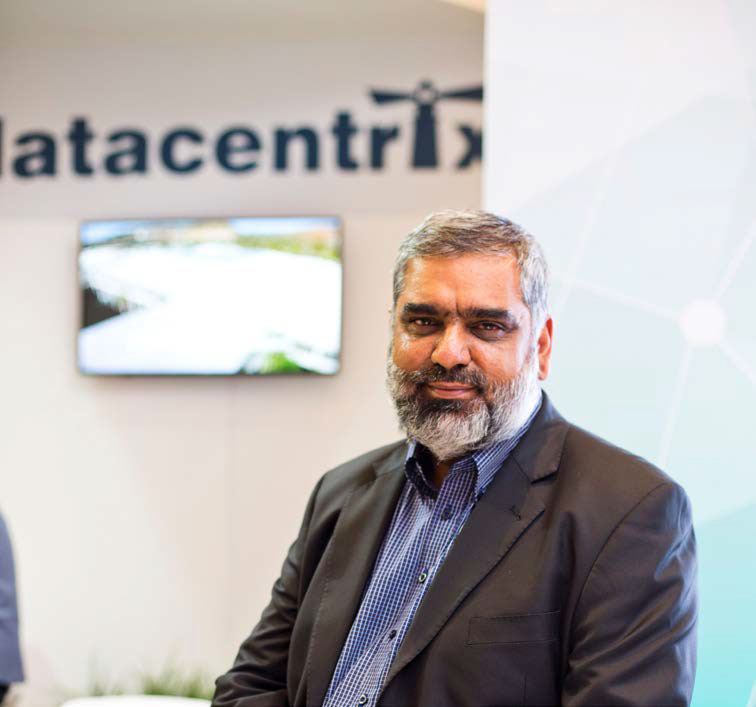
3 minute read
A data-first strategy builds business resilience in the digital disruption era
By Ahmed Mahomed, CEO at Datacentrix
Organisations have been pressurised to transform the way they operate. The sudden requirement for remote working has compelled many to embark on a digital transformation journey, perhaps more urgently than intended.
Advertisement
Consequently, businesses everywhere are pegging their futures on a cloud-first strategy. But what if Datacentrix recommends implementing a data-first strategy? How will such a strategy fundamentally change the outcomes?
Technology is a significant business driver, and data is the most valuable company asset. Remote working environments mean that data is no longer confined to the safety of on-premises infrastructure but travels freely across multiple devices and locations, adding to the CIO’s challenges. We’re seeing multiple data sources, as well as unstructured data, in the form of mail repositories, end user and IoT devices, operational technology systems, and social media. This could include information about customer and staff behaviour, vendor purchasing habits, and stock levels. These points generate data that can be used for real-time insights that unshackle organisational reliance on historical data. However, for the data to deliver real business value, it needs to be mined, managed and protected effectively.
Shifting focus from a cloud-led to a data-led strategy
It is crucial for CIOs to understand where their data lives, how it is secured, and how it is being delivered to where it is needed. Here, organisations are finding that a purely cloud-led technology strategy is not delivering on these requirements. A hybrid IT model addresses cloud flexibility while encouraging a data-led approach. Data should reside and be processed where it provides the most value. Data type will dictate where it lives and is processed, either in the cloud or at the edge. This strategy is reliant on wellstructured infrastructure.
The modern business needs on-demand capacity that combines the scalability and economics of the public cloud with the security and performance of on-premises IT.
A hybrid IT model encompasses an ideal hosting environment for data, whether on-premises, co-located or multi-cloud infrastructure. It considers the reliable transportation of and identity-based accessibility to data and delivers pervasive data security that ensures that the valuable data is not intercepted erroneously.
A data-first strategy provides the roadmap to digitalisation that many businesses are seeking. The best place to start is identifying and extracting intelligence from existing data sources, applying the insight and scaling up as required, assuming that the right infrastructure architecture is in place.
Companies are becoming smarter and using data to drive business strategy and gain competitive advantage. Ignore this at your peril, as it’s no longer a case of debating the cost of deploying a digital strategy but rather asking whether your business can afford not to. The time to close knowledge gaps within your organisation and gain business value much faster is now.










